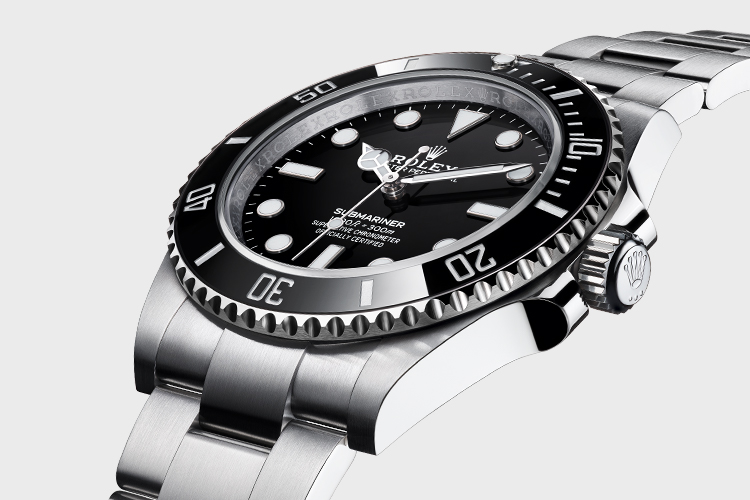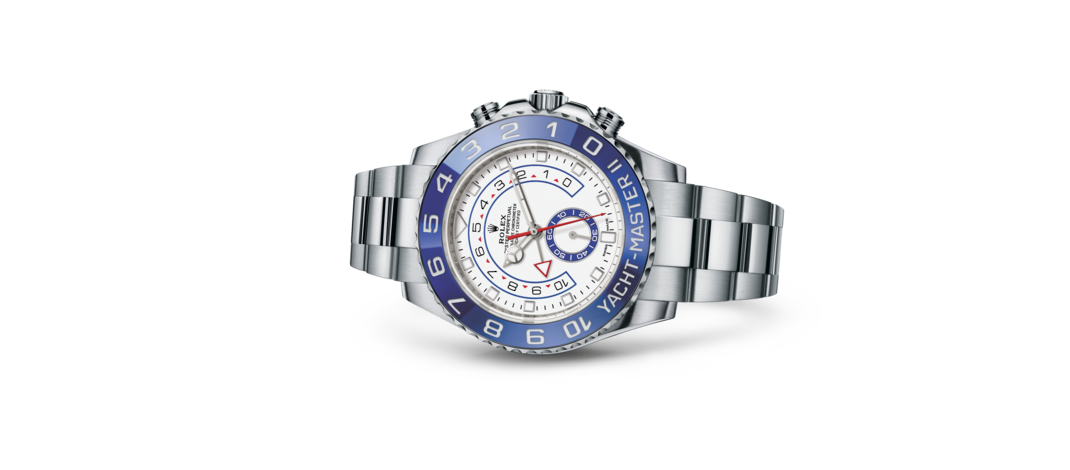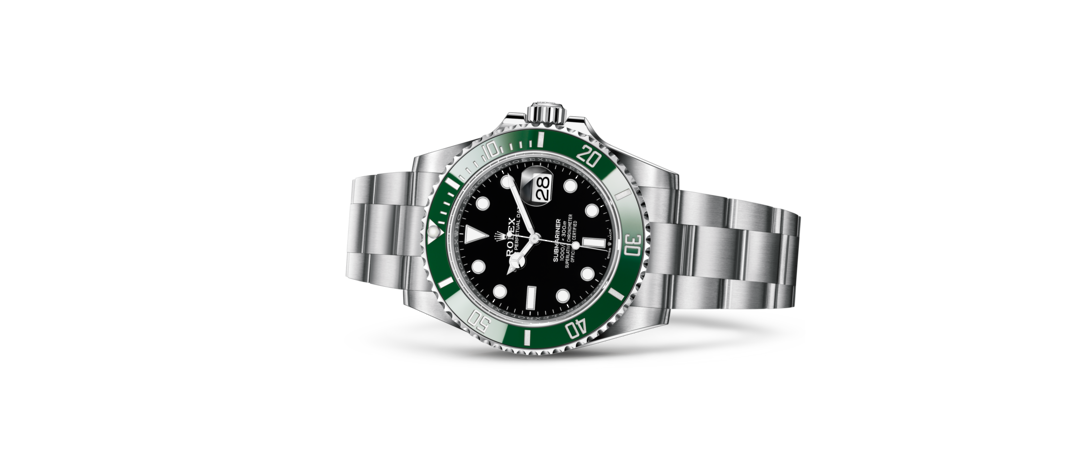Waterproof watches, how to choose
Watches are often considered and defined by the manufacturers themselves as water resistant, but what does this mean? How is it possible to use a watch of this kind?
Let’s see the two macro-categories of water resistant watches and what are the main differences.
Water Resistant Watches
A watch is “étanche” or “water resistant” when it can withstand the pressure of 2 or 3 bar, therefore diving up to 30 meters (and those of the best brands are almost all of them).
Who can be interested in this watch? Definitely for those who perform water sports such as swimming, surfing, sailing or even for boat activities, but without deep diving.
Rolex Oyster Perpetual Yatch Master II 100mt deep
Water Proof Watches
All “plongeur”, “waterproof” or “diver” watches are able to withstand a pressure of at least 10 atmospheres (equivalent to 100 meters below sea level) and pass a test of impermeability in water with a minimum pressure of 12.5 bar (therefore higher than the pressure for which they are guaranteed ).
So remember that the real waterproofing is only that guaranteed by the specification of at least 100 meters or 10 atmospheres!
This type of watch can be of particular interest to those who are fond of particular water sports such as snorkeling and deep diving.
Rolex Submariner Date, 300mt deep
Watches’ water-resistance
| Pression | Rain | Squirts | Shower | Bath | Soft Swimming | Soft Immersion | Deep Immersion |
| Water-resistance | |||||||
| 3bar= 30 meters | YES | YES | NO | NO | NO | NO | NO |
| 5bar= 50 meters | YES | YES | YES | YES | YES | NO | NO |
| 10bar= 100 meters | YES | YES | YES | YES | YES | YES | NO |
| 20/30bar= 200/300 meters | YES | YES | YES | YES | YES | YES | YES |
Fonte: www.assorologi.it
Precautions before using the watch in water
Despite the wording water proof or water resistant, it’s still important to follow the instructions in order to avoid water infiltration.
Simple precautions, to be kept in mind especially on vacation before immersing your watch in water!
Adjust the crown
The crown is the most delicate part of a waterproof watch. Screw-down crowns distinguish watches with the greatest resistance to water. Remember to always keep it tightly closed!
To be sure that you have closed the crown, you need to check that it is snug against the side of the watch case, without having a space to separate them. Here’s how to do it based on the type of timepiece:
- Watches with pressure crown (non water proof): the pressure of the finger on the crown towards the case is sufficient;
- Watches with screw-down crown: the finger must exert pressure while screwing the crown itself, exactly as you do with the syrup cap!

Water squirt and waves
Dives and violent water squirts exert a pressure higher than 3 bar, so they are a violent stress for the watch. Watches resistant until 30 metres could be damaged
Salt water, pool and sauna
- It is advisable not to wear watches during hot, sauna or Turkish baths, because high temperatures can damage, even irreversibly, watch gaskets.
- Preserve the watches from the risks related to sea salt water or swimming pools chlorinated water. Wash accurately the watch with fresh water (always keeping the crown closed!): in this way it will be protected from chemical aggressions, which can damage gaskets, and salt scaling, which can lock the rotation of a possible rotating bezel.
Maintenance once a year
Once a year, test the impermeability of your watch, before summer or before using it frequently in water. The impermeability of a watch depends also on quality and state of preservation of its gaskets. Their life is not unlimited, and it varies according to material, function and care.
Pay attention: within the group of manual winding watches there are the thin and valuable extra flat watches, which do not bear the humidity of summer. Their case, often not protected by any gasket, could make infiltrate sweat, damaging the refined and expensive mechanism.
Fortunately, in case of hidden water infiltrations, the watch can give a signal of alarm. If you see the glass of your watch steaming up, this is the signal that there is water inside, even a minimum quantity, but always dangerous. The assistance of your watchmaker is necessary!

































